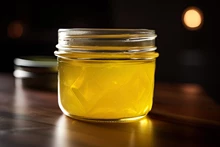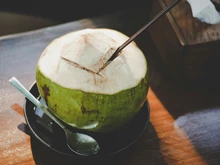
Green leafy vegetables (GLVs) are a good source of vitamins and minerals, however the average daily consumption of GLVs in Punjab is about 24 g/person, which is less than the recommended amount. The shortage of GLVs throughout the summer season prevents daily consumption.
Even if they are available, the increased pricing may deter consumption. According to doctors, this increases the risk of anaemia and bone-related diseases in women. During the winter months, GLVs are available for a lower cost. Many people, however, are unable to incorporate these into their diet due to ignorance and a lack of information.
The best technique is to dry and preserve these vegetables at their peak availability time in the winter. This will allow the general public to enjoy these very nutritious veggies during the lean summer months as well. Furthermore, the use of such veggies will help to diversify diets, according to Ramandeep Kaur, an expert from Punjab Agricultural University (PAU).
"GLVs have a high moisture content (90%) compared to cereal crops (12-14%), which makes fresh storage impossible." Among all the procedures discovered and used to prepare green leafy vegetables, drying is the most simple, cost-effective, and widely employed.
"The best strategy is to dry and store these vegetables during their peak availability period in winter," said Parminder Kaur of PAU's Krishi Vigyan Kendra (KVK).
Coriander, fenugreek, spinach, mint, sarson, and bathua are the most well-known and widely utilized GLVs. Other nutritious but underutilized vegetables include cauliflower leaves, radish, turnip, carrot, beetroot leaves, arvi leaves, chickpea, saag, halo, curry leaves, suhanjana, and chulai, according to Prerna Thakur of PAU's KVK.











